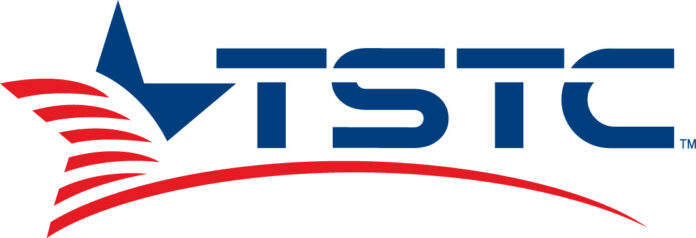The Texas A&M University System is moving ahead with plans for a workforce training center at the Port of Brownsville in collaboration with Texas State Technical College, despite a less-than-unanimous vote by the Brownsville Navigation District on a memorandum of understanding among the various entities.
BND Chairman John Reed said he was informed by phone on Aug. 9 that the system is still interested in the project, which is proceeding also despite a July 31 letter from TAMUS Chancellor John Sharp to Texas Southmost College President Jesus Roberto Rodriguez suggesting the system would take its training center elsewhere.
The letter was in response to a July 30 letter to Sharp from Rodriguez, who proposed that TSC and TAMUS “continue collaborative efforts with a focus on workforce education programs.”
Rodriguez sent the letter after holding a July 24 press conference to protest the MOU between the port, TSTC and TAMUS, arguing that TSC should be “the port’s primary partner for workforce training,” and after BND’s board tabled the MOU agenda item, lacking enough votes to pass it.
At an Aug. 5 special meeting, the board voted 3-2 to approve the MOU, commissioners Ralph Cowen and Steve Guerra voting against it and commissioners Tito Lopez and John Wood voting in favor along with Reed, who after the meeting expressed concern that the vote wouldn’t be enough to get TAMUS back to the table.
“It’s all good,” Reed said Monday. “They’ve come back to us and they’ve assigned people from the (TAMUS) and TSTC to meet with industry now, I guess, over the next 50 or 60 days.”
He said the port is responsible for setting up the meetings, which will be with companies now doing business at the port plus those that may be in the future, such as liquefied natural gas (LNG) firms and Arkansas-based Big River Steel, which has renewed a lease option at the port. The meetings are essentially fact finding on the part of TAMUS and TSTC to gauge companies’ individual workforce needs, Reed said.
“Once that is in place then we’re going to regroup and see exactly what the next step is,” he said.
Although Rodriguez and others criticized the MOU for not specifically including TSC, Reed said thousands of new, high-paying jobs are coming “if everything hits” and that TAMUS and TSTC won’t be handling the amount of workforce training by themselves.
“There’s no one entity that can do it all,” he said. “It’s impossible.”
While the MOU doesn’t specifically mention TSC, the language of the document does leave the door open for community colleges, school districts and other relevant organizations to provide workforce training. The ultimate goal is to get industry behind the training center, which will save companies money by giving them an on-site facility for training workers, Reed said, adding that on-site training centers have become the industry norm.
Other criticism of the MOU was based on its provision that BND pays for building the center, which would be located on BND property. But Reed said future discussions among the parties involved may turn up additional ways to cover the cost, such as Economic Development Administration grants, public-private partnerships or industry contributions.
“You don’t know how it’s all going to work out,” he said. “Until you get there, you don’t know.”
Part of the return on investment the port will get if it builds the facility, which could cost around $2 million, is that it will serve as a magnet for new businesses, Reed said.
“Your return is taking people making $8 bucks an hour to making $25 to $30 bucks an hour, and attracting industry,” he said.





